Here’s why I’m reviewing the 9500 again. The batches available now are mostly later versions, with two upgrades compared to the original release. First, the S/D shaft has become thinner, with some saying it reaches 6.8mm, though actual measurements typically show it at around 7.0mm. Regardless, this is an upgrade from the original (C/F). Second, the number of string holes has changed from 72 to 76. Driven by a sense of achievement, I realized after checking the equipment library on Badminton Central that I had indeed missed one version. Unfortunately, the original version is now quite hard to find for comparison.
However, throughout my usage, it became clear to me how much my skill level has changed over the past three years. It’s been a journey of self-discovery.

Specifications: 4UG5, with bottom cap, total weight in use is 93.1g, balance point 298mm, 7.0mm shaft, 220mm length, low stiffness, box-shaped frame, 76-hole string bed, 9-3 o’clock string grooves, 24 lbs warranty, strung at 24-26 lbs with BG65.
Like the old version, the new version comes in red and blue paint jobs. Honestly, I believe the paint quality of the 9500 is pretty good. The three-color segments on the frame, the glossy finish, and the well-executed paint application are still not outdated even today. This is something I didn’t mention in my previous review. Some players might not buy it for its looks, but how well something is designed and how well it looks are two different concepts. If you compare the 9500’s paint quality across different brands in the same range or even with higher-end products from Victor, this uncut paint job still holds its own.
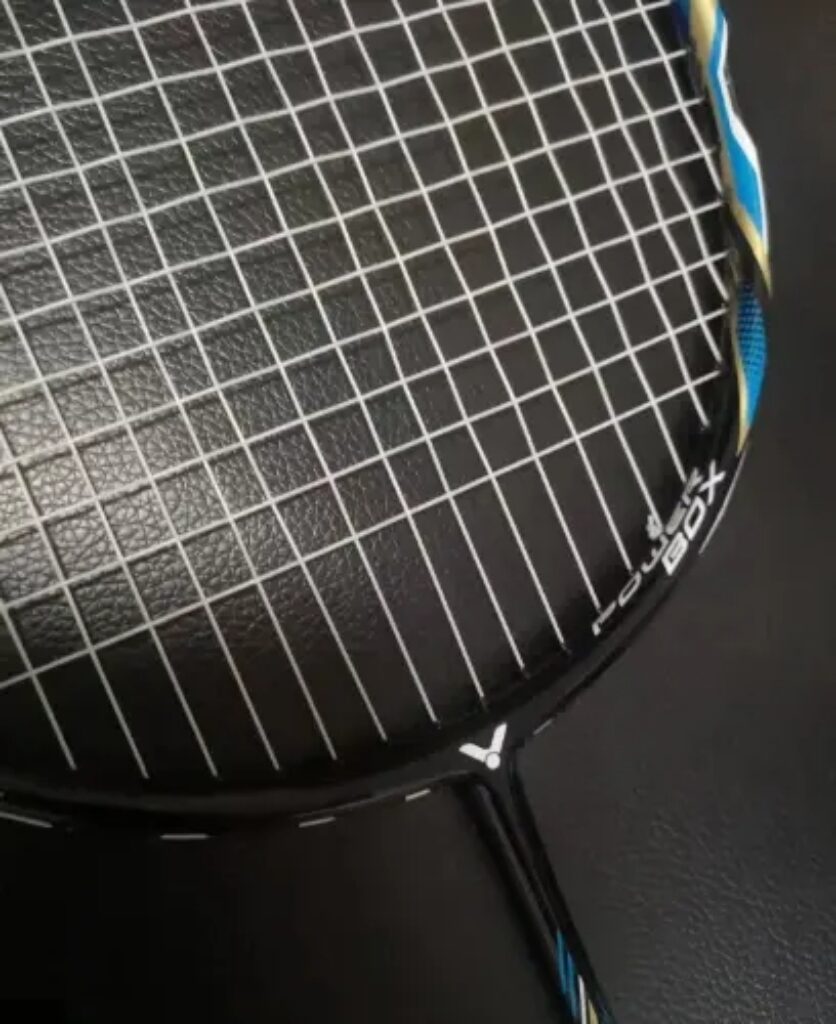
The 4U 298mm balance point is a very honest setup. As some gear reviewers have said, the current state of the 9500 offers just enough swing weight for a powerful hit without losing control or making it difficult to maneuver. This specification is particularly user-friendly. Even with durable strings, players with proper basic techniques should have no problem hitting high-quality clears. The only downside is the relatively low 24 lbs warranty, but this is hardly a flaw given the consistently low price.
I specifically reviewed my earlier thoughts on the 9500, and while I suspect they were also new versions, the current racket feels noticeably better, possibly due to the string condition. The slightly softer shaft tuning remains, but this time, there is no dead or muted feedback after hitting, though it still lacks power. I believe the minor upgrade to the shaft has made a real difference.
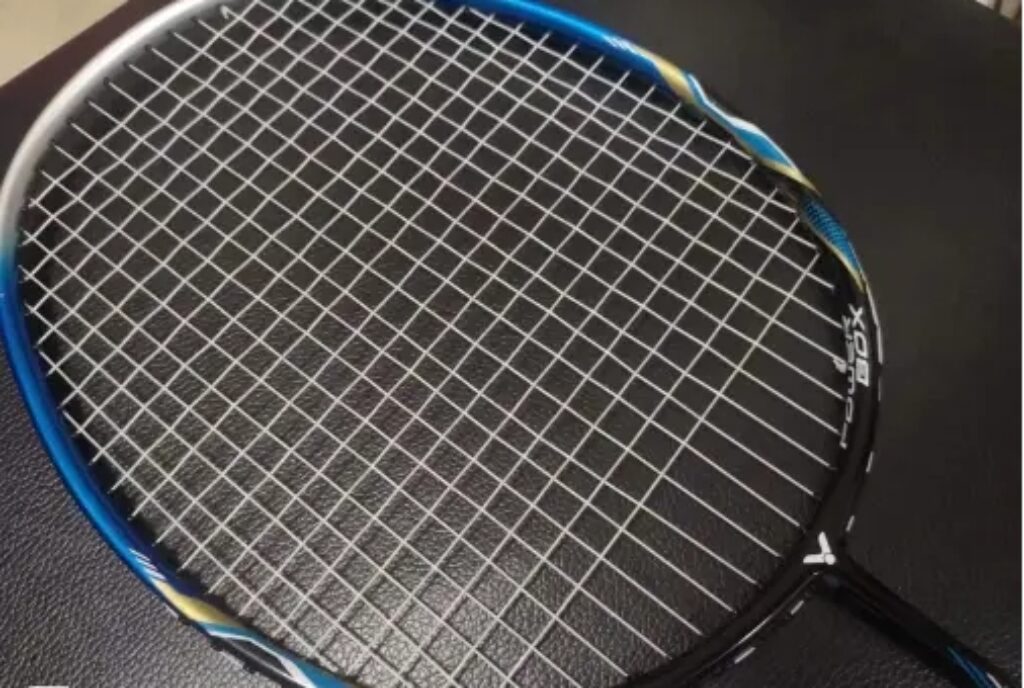
This review is more thorough than the previous one, especially since I used this challenger racket in both singles and doubles. Considering the context for beginner players, I would more strongly recommend the 4U version. It remains easy to wield, reduces energy consumption, and performs better in doubles. The extra few grams of weight in singles or doubles isn’t as crucial for enhancing attack power or shot stability as proper form and higher swing speeds are for beginners.
What surprised me is that the 9500 provided a very good experience in the frontcourt during doubles play. The frame is relatively smooth, so the balanced design allows for comfortable performance during fast-paced rallies. I describe it as “comfortable” mainly because its agility helps you keep up with consecutive shots, allowing you to perform well. The 9500’s tendency for a softer hit and the slower recovery speed of the shaft are limitations in high-level fast exchanges, but it’s easy to use, which is already a significant advantage.
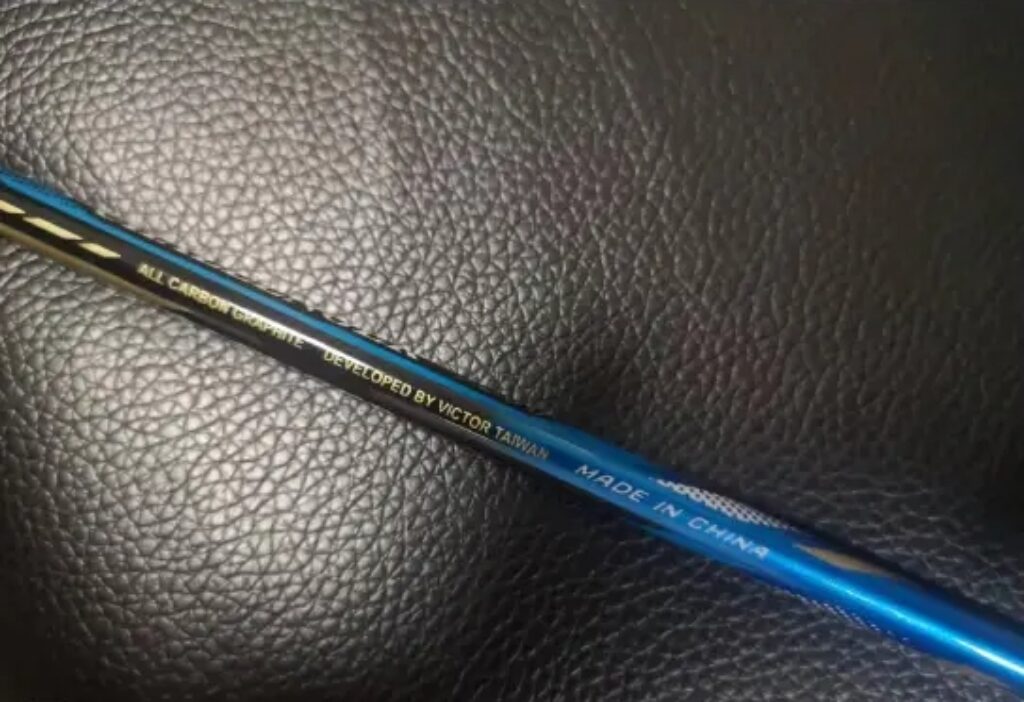
Additionally, the softness of the shaft has its benefits. The shaft deforms more easily in passive situations, and when the material elasticity can’t be further enhanced, this flexibility is key to delivering shots accurately. The 76-hole string bed also provides a larger sweet spot, improving forgiveness and reducing the effort required to generate power, allowing the racket to perform to its full potential in defense and passive situations.
If you compare the 9500’s offensive power to other products in the same category, it can serve as a benchmark. Over the years, its attack power has remained slightly above average, just enough to be considered solid. It’s a racket that allows for effective downward shots while maintaining continuity. For players advancing their skills, it doesn’t disappoint. Of course, for beginners still fantasizing about smashing through opponents with one powerful shot, I’d advise that due to the frame and shaft material, the safest and most economical way to boost your attacking threat is to upgrade your strings.
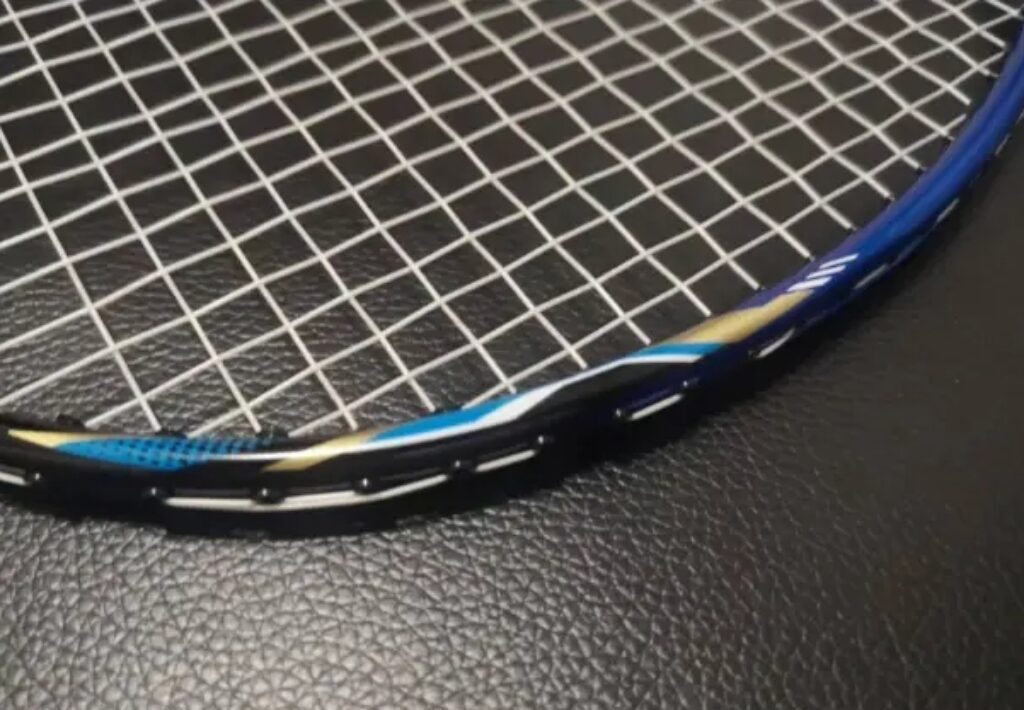
Overall, even though I’ve used many excellent entry-level products and have already used this particular model, I must admit that this racket, which has been praised for years, truly deserves to be called a classic. If you clearly understand your needs, you can certainly find more suitable entry-level products for specific beginners at this price point. However, its success lies in its well-roundedness—it’s naturally a racket that won’t go wrong for beginners. Even if it doesn’t suit you, selling it secondhand would only lose you a few dozen bucks, and everyone recognizes its value.
This review also led me to discover a more composed version of myself, who can better handle equipment, opponents, and make the most out of them.
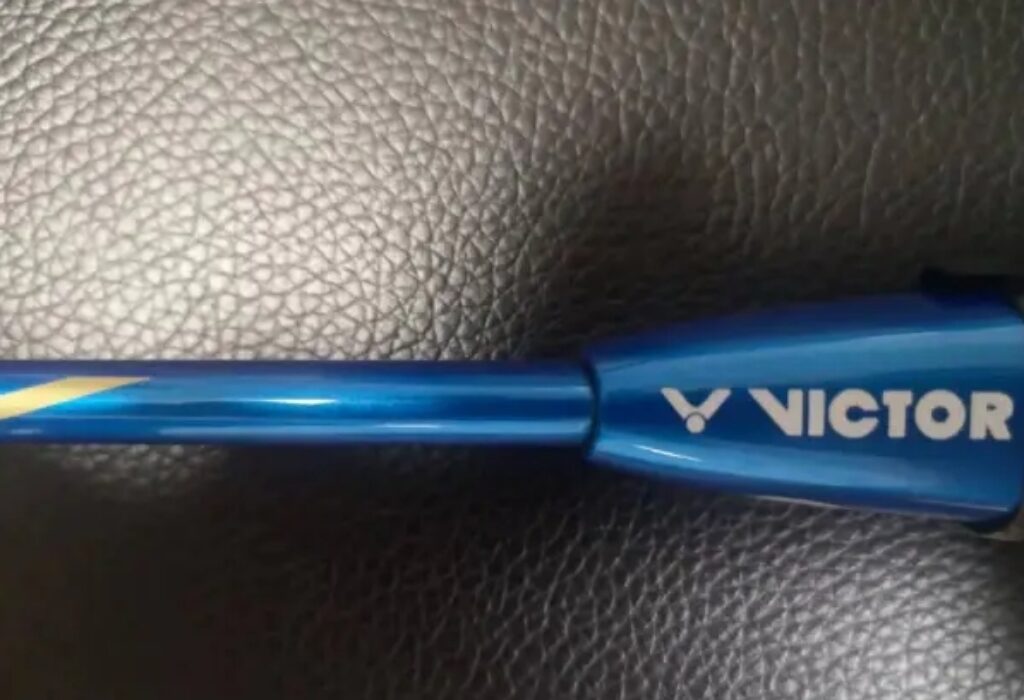

Leave a Reply